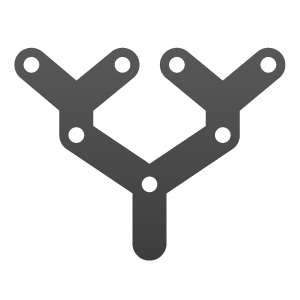 Currently, Europe is confronted with industrial restructuring, migration, an ageing population and financial crisis in a world of accelerated change. Learning from (social-economic) history helps to understand the inter-relation between macro-economic change and individual lifestyles, policy regimes, labour markets, communities and national wealth. However, sources of historical information about the lives of individuals, communities, and nations are still scattered.
Currently, Europe is confronted with industrial restructuring, migration, an ageing population and financial crisis in a world of accelerated change. Learning from (social-economic) history helps to understand the inter-relation between macro-economic change and individual lifestyles, policy regimes, labour markets, communities and national wealth. However, sources of historical information about the lives of individuals, communities, and nations are still scattered.
This project takes Dutch census data as its starting point to build a semantic data-web of historical information. With such a web, it will be possible to answer questions such as:
- What kind of patterns can be identified and interpreted as expressions of regional identity?
- How can patterns of changes in skills and labour be related to technological progress and patterns of geographical migration?
- How can changes of local and national policies in the structure of communities and individual lives be traced?
Census data alone are not sufficient to answer these questions. This project applies a specific web-based data-model – exploiting the Resource Description Framework (RDF) technology– to make census data inter-linkable with other hubs of historical socio-economic and demographic data and beyond. Pattern recognition appears on two levels: first to enable the integration of hitherto isolated datasets, and second to apply integrated querying and analysis across this new, enriched information space. Data analysis interfaces, visual inventories of historical data and reports on open-linked data strategies for digital collections will be some of the results of this project. The project will also produce generic methods and tools to weave historical and socio-economic datasets into an interlinked semantic data-web.
